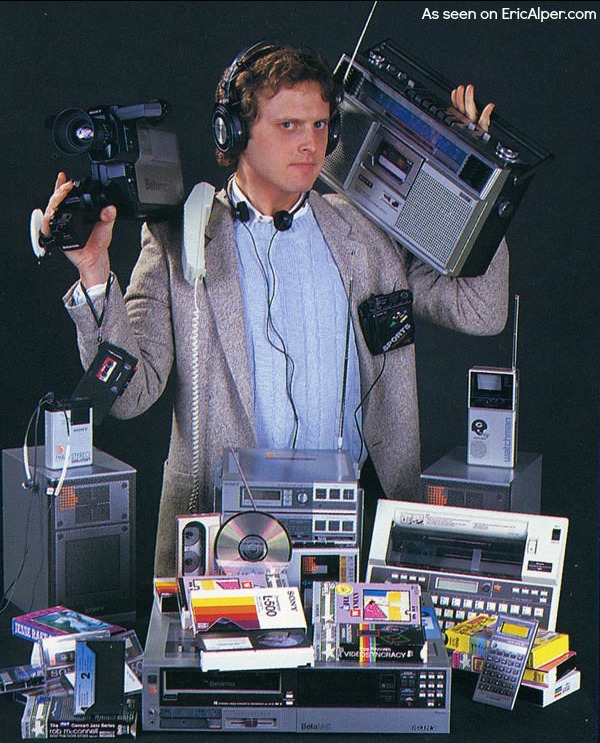My Anova One sous-vide ist Kaput.
I felt pretty good a couple weeks ago having successfully troubleshot my sous-vide machine. Went to cook another leg of lamb and cringed at another "Low Liquid" error stoppage. Figured it might be an issue with the ionic sensor again and started up the machine in a mug of hot vinegar.
That did the trick so I just added the vinegar to the water bath and the machine worked for a couple hours. Beep. "Low Liquid". Attempted to resuscitate but got "Low Liquid" again preceded by frenetic clicking.
Signed up to the Anova forums and am hoping someone has an answer or will allow a return/exchange. Having only done about 5 meals with the machine, it's a very poor return on investment if they decline.
It's a simple machine; far simpler than a washing machine. Yet the washing machine is more reliable despite having to do a lot more. Motors have to handle heavy unbalanced loads, water temperature also has to be regulated, there's a timer, multiple hoses and gaskets, dealing with dirt and debris, etc. Intuitively, the Anova should be significantly more reliable. The average Amazon rating of 4.7 stars is higher than its successor. 4.7 stars with at least a dozen reviews is my personal threshold for buying things off Amazon. Anything lower is junk tbh, sort of like how any seller below 99.8% feedback on eBay isn't worth the risk if the difference is a couple bucks.
This isn't me being elitist either. The nominal rating difference might be small but those seem to be magic numbers between a mediocre experience and a good one. Maybe everyone is handing out A's because that's how they were treated in school. Grade - and apparently rating - inflation is real.
Maybe that's how I've fooled myself into thinking things were better made in the past. Back when a 60% was a D, 70% was a C etc., a 90%+ was outstanding; something achieved by very few. It's hard to find a product on Amazon or a seller on eBay with a low rating, but that's a feature. Poor products and sellers get hounded out of the gene pool and the population improves. Along with those increased improvements are greater consumer expectations.
You would have needed all these devices in the 90s to do what a smartphone can do now.
It isn't a completely fair comparison. A smartphone can take and play back far better video. The calculating ability completely outclasses the pocket calculator. However, a smartphone can't fill a room with music the same way a boombox can and extended typing is a nightmare on a little phone. A cheap pocket calculator is going to survive a lot more abuse that most smartphones and with months of battery life compared to hours. And even if the calculator breaks, the guy pictured could still watch movies, listen to music, type stuff up, record video etc whereas you are hopelessly lost if your smartphone breaks.
The technologist in me thinks the solution is a tougher cell phone. And I do have a Sonim cell phone, the sort that you can put in a cement mixer, pour into a form, break the block, and have it emerge scathed but functioning. And yet, it's failed on me just like a similarly super rugged Panasonic Toughbook had failed on me before. Rugged products are usually underwhelming when it comes to features as well.
Maybe it's better to just get a whole bunch of cheap phones and computers. At some point having multiple things that work 90% of the time is better than having one thing that works 99% of the time - that's the principle behind RAID and a product I'm working on.
The issue with going for a cheap-lower reliability strategy is that things breaking is so inconvenient that it isn't worth it. Quality only hurts once. Measure twice cut once. How much is your life worth?*
Not sure where I'm going with this, except that I need to move Antifragile to the top of my reading list.
* The dumbest guideline for buying things.

No comments:
Post a Comment
Note: Only a member of this blog may post a comment.